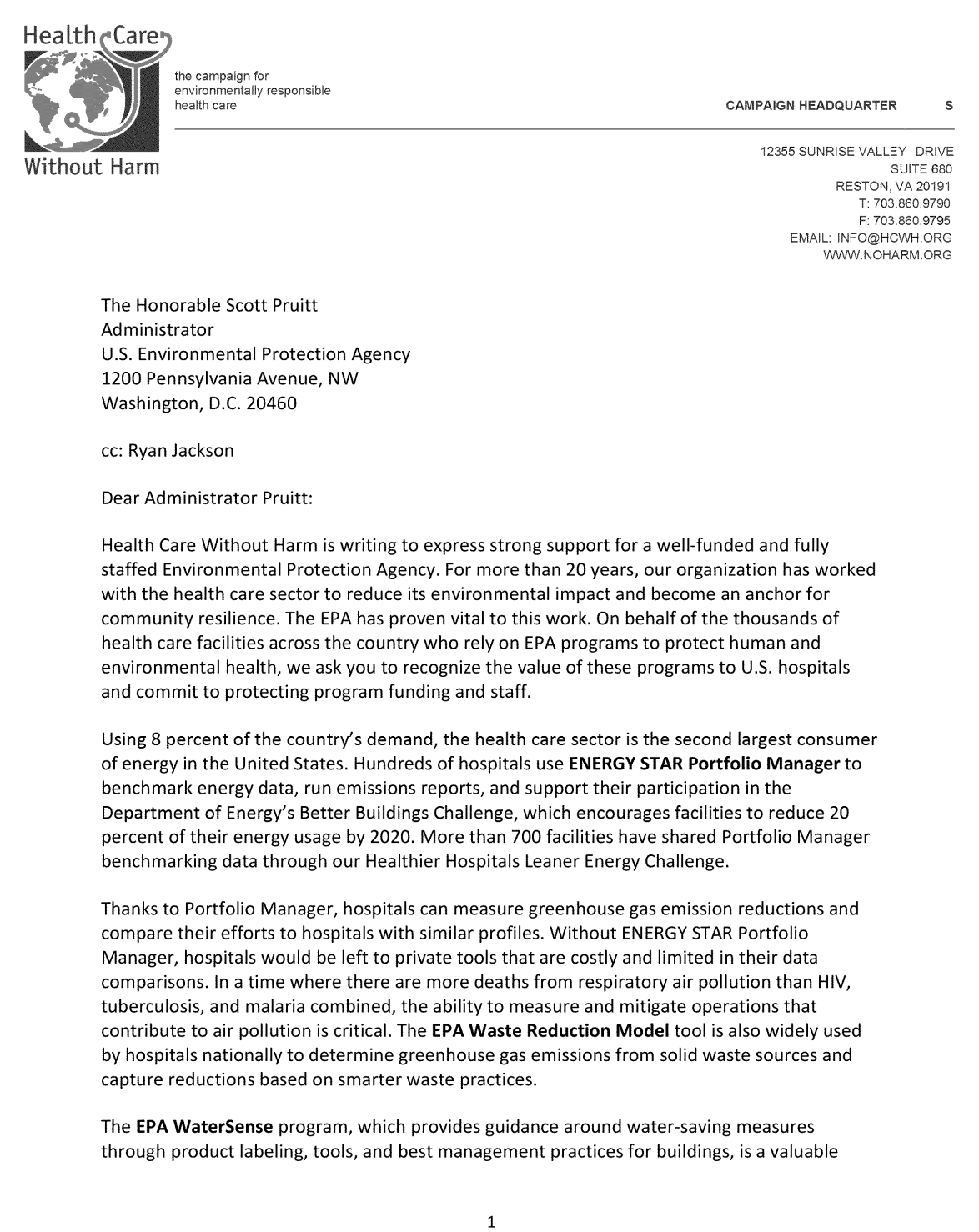Food Waste and American Society
Margaret Meyerson
The phenomenon of food waste is predicated on having food to waste, a phenomenon only available since the industrialization of food production in the 19th century. Both the impact of the disposal of excess food on public health (particularly the absence of suitable disposal systems leaving discarded food on the streets) and wartime rationing, particularly in World War I, contributed to the return of mainstream concern for food waste. A letter from Health Care without Harm to the EPA (in support of its full funding) advocates for, among other initiatives, the EPA’s Food Recovery Challenge and its impact:
“The EPA's Food Recovery Challenge addresses the issue of food waste in the supply chain. A landfill is comprised of 21 percent food waste, and 30-40 percent of food grown in the United States ends up as waste. One in seven Americans is food insecure, and food degrading in landfills emits methane, a potent greenhouse gas. The Food Recovery Challenge has helped hospitals reduce food waste and related greenhouse gasses, while also meeting the needs of food insecure individuals and families in their communities.”

These documents represent an endpoint on the historical trajectory, bringing us into the present day. Such a document does not exist from before 2015 that I can find. Contrasting the language used in the Healthcare without Harm letter and the information available to the authors to documents that represent historical precursors to the modern anti-food-waste movement makes the divide in the development issue startingly clear. To understand pre-industrial attitude towards waste, we might look at cookbooks from individuals and how they utilize every part of the animal and devise single-family-level strategies to prevent waste. To understand the post-industrial return to concern over food waste and its nature, wartime public announcements regarding rationing might be the most direct sources. Thus far, I have found at least one newspaper listing allowable rationing, alongside a joke about canning and a Nazi officer, indicating the social awareness surrounding waste (specifically food waste) garnered, and the strategies of couching anti-food waste as a patriotic duty. There are also potentially some sources to be found in the industrial efforts of factory owners (perhaps most famously, Philip Armour’s vigorous efforts to adapt his slaughterhouses to using “everything but the squeal.”)
Ultimately, I hope to understand the transition from pre-industrial attitudes towards food to the rise of food waste in conjunction with the industrialization of food production to, finally, the endemic problem, but also the extensive efforts to combat food waste and the language and frameworks we use to understand it now as they evolved over the previous two periods.
